Da gou rou louwi’ Cultural Center manager Marnie Atkins readies some Wiyot sweatshirts for sale. | Photos: Andrew Goff
The big day is finally here. Just over two years since taking over the space, the Wiyot Tribe’s shiny, new Da gou rou louwi’ Cultural Center — located in the heart of Old Town at 417 Second St. — is scheduled to finally open its doors to the public on Tuesday, Oct. 11.
In anticipation, Marnie Atkins has folded a lot of Wiyot merchandise. As the center’s manager and its sole employee she’s been hustling to tend to countless last-minute tasks before opening day. But after all the pandemic-related obstacles that slowed the center’s building renovations — from the labor shortages, to supply chain woes — she’s excited to see what might now happen in the space she’s conceived.
“We’re here,” Atkins told the Outpost. “Folks will finally be able to come up to the door, actually open it and come on in. We want to welcome people into a space that’s dedicated to Native folks — a place where people can come in and learn and ask questions about the tribe.”
The center occupies the bottom Second Street-facing unit of the building that used to be home to Restoration Hardware
Part of Atkins’ goal for the center can be found right in its name. In Soulatluk, the Wiyot language, Da gou rou louwi’ translates to “the ongoing return of all” and Atkins hopes that the center will help introduce more people to the tribe’s sacred and ceremonial practices and also further the discussions of recent years about how best to continue reclaiming the tribe’s influence in the region.
“Being right in the heart of Old Town is fantastic,” Atkins said. “Sometimes I think you don’t realize there’s a void until it’s filled and then you’re like, wait, how did we get along without that? You know, our community struggles with a history that is uncomfortable and full of violence. This space is dedicated to resiliency and survivance.”
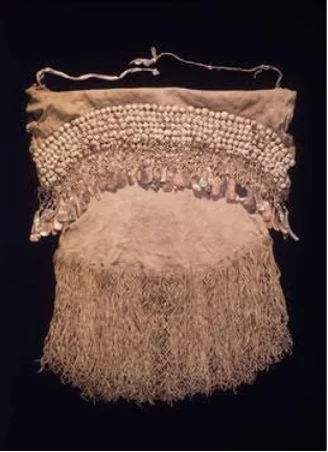
This Wiyot girl’s Brush Dance skirt is thought to date from the 19th century | Photo: Brooklyn Museum
A testament to the tribe’s resiliency can be experienced through the numerous Wiyot cultural items on display at the center, including tribal baskets (gi’y), ceremonial clothing and an ornate pole sculpture built by Native artist Rick Bartow. One item Atkins excitedly highlighted for us was a brush dance skirt that had been in the collection of the Brooklyn Museum for around a hundred years that was repatriated to the tribe, in part thanks to a grant from the National Park Service.
“She’ll be up for people to see,” Atkins said, referring to the dress. “We believe that once these items are danced in ceremony they are imbued with a spirit, with a personhood. So that’s why I say ’she.’ And she’s older, so she’s like a grandmother dress because she’s been around for a really long time.”
Another aspect of Wiyot culture Atkins plans to help return are native plants. The planter boxes between the center and the Old Town gazebo have already been freshly mulched and are ready for planting.
Ready to stop by Da gou rou louwi’? The center will be open Tuesday from 11 a.m. to 5 p.m. Going forward, if you want to plan a visit you’re advised to check the center’s Facebook page which will be regularly updated with the schedule. (Until the center can hire more staff, Marnie will be running the operation as a one-Wiyot show.)
“My grand vision is to be a central hub for the exchange ideas, information and cross-cultural understanding,” Atkins said. You’re encouraged to come in and say Ha’wa’lou (hello).
A Wiyot cultural basket, or gi’y;
Atkins earlier this year with Assemblymember Jim Wood and Wiyot Tribal Chair Ted Hernandez in front of Bartow’s sculpture. Wood holds an ‘I Like Jaroujiji’ sticker. (Jaroujiji is the traditional Wiyot name for Eureka.)
The center will regularly display words in Soulatluk in its window
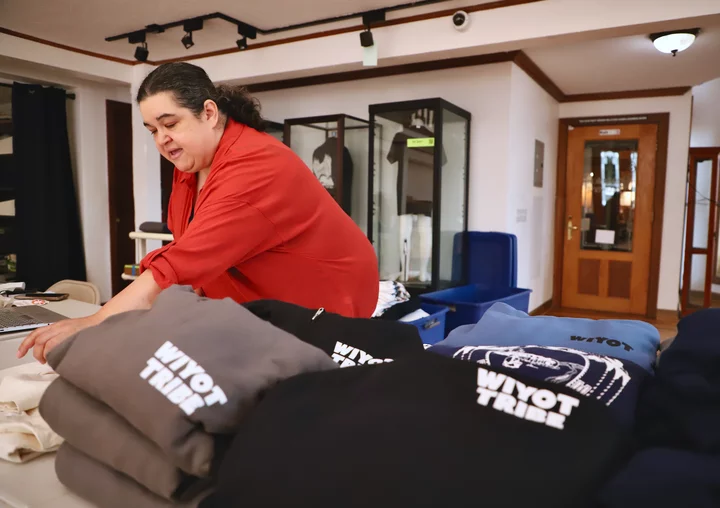

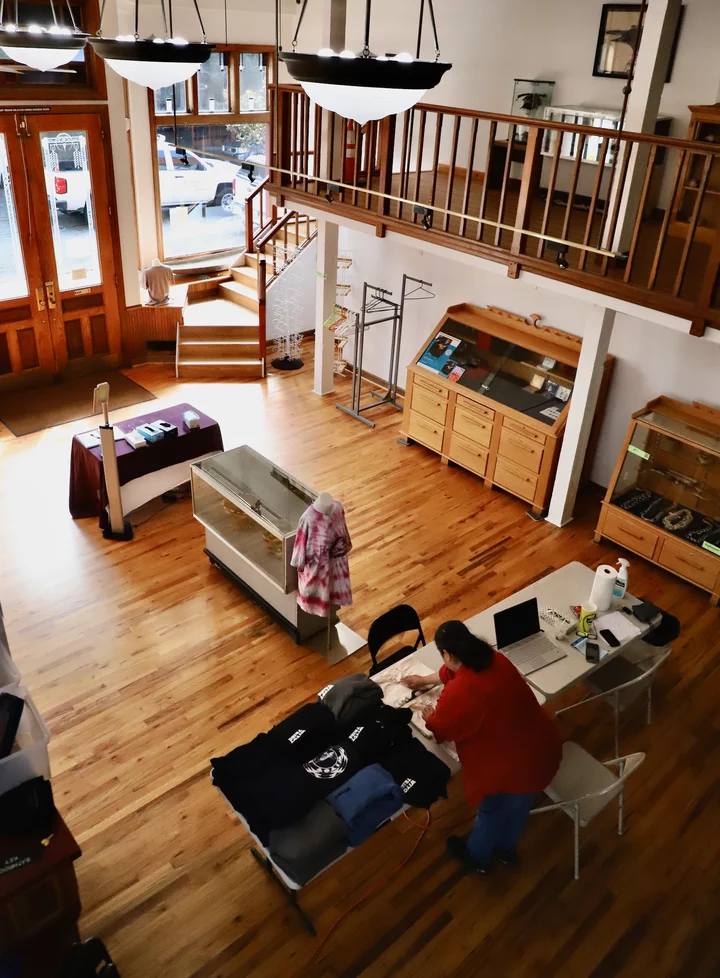
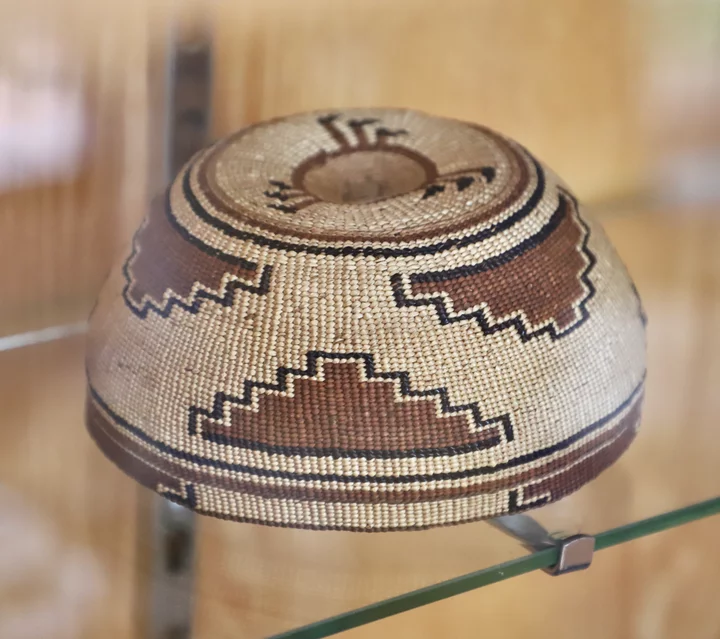

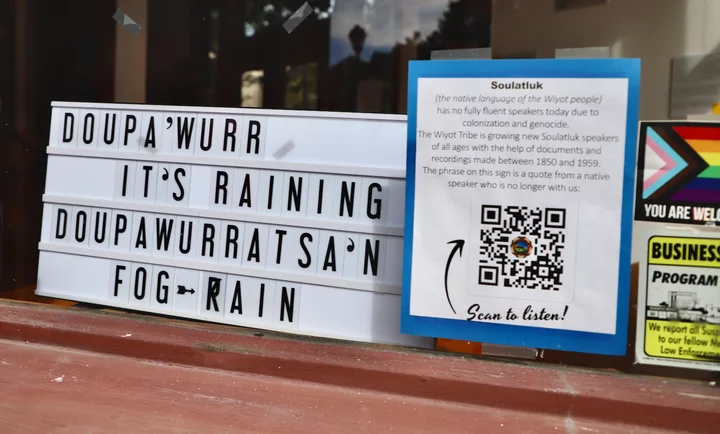
CLICK TO MANAGE